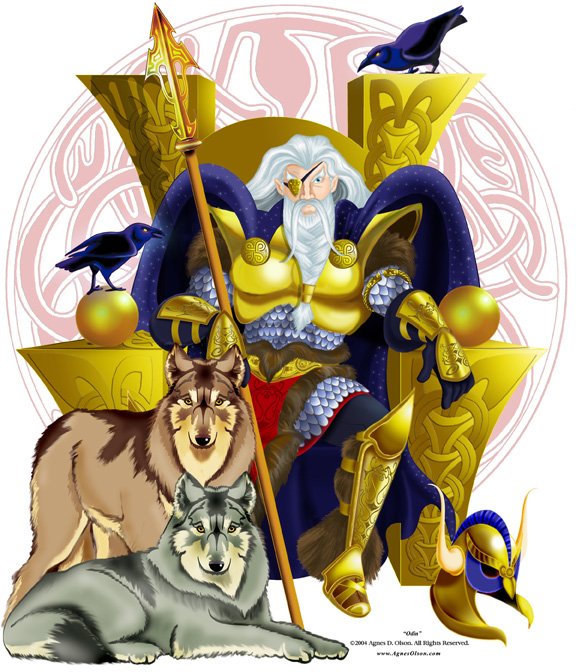 Northern Magic Lesson 5
Northern Magic Lesson 5
Gods and Goddesses of the North
Read Chapter 5 in Northern Magic, the essay below, and answer the questions that follow. Be sure to view all the artwork at the bottom of this page depicting gods and goddesses of the north.
“The Gods and Goddesses of the North are not dead
and forgotten forms.” p. 27
This line begins the chapter on the Northern Gods and Goddesses in Northern Magic. Indeed, they aren’t dead or anywhere near it.As long as their actual descendants are alive and well, so are the Gods and Goddesses themselves. They fulfill a great wealth of divine living archetypes. They can be communicated with in many ways: learning Teutonic lore, vision quests, religious rites (blessings), and magical calls to the Gods and Goddesses.
There are at least four branches of the Teutonic tradition: the Northern Branch (Scandinavian), the Western Branch (Anglo-Saxon), the Southern Branch (German), and the Eastern Branch (Gothic).
Unfortunately, only the Northern Branch has been able to retain a complete collection of myth in the Eddas. The rest of the branches’ mythology are in fragments. However, all is not lost, because the myths are only helpful at illustrating the past workings of the Gods and Goddesses, they’re not the whole of the religion. How many Kristians and Jews have actually read all the Scriptures? Yet there are many good Kristians and Jews.
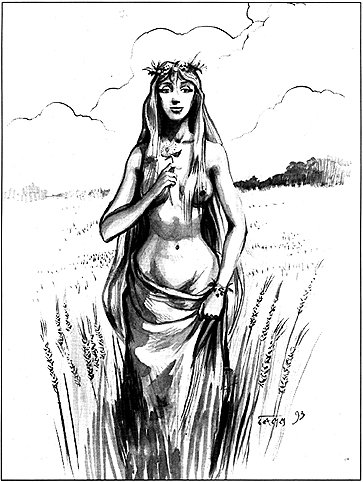
Another positive point is that the places of worship in the Germanic countries retained the name of the Gods/Goddesses worshipped there in the modern name of the place, whether it be Wanborough in England, or Godesberg in Germany (hill of Woden), or Torslev (Thor’s field) in Denmark or Torso (Thorr’s island) in Sweden, or Froihov (Freyja’s temple) in Norway or Fortuna (Freyja’s enclosure) in Sweden, there are many names of places that indicate which Gods and Goddesses were widely worshipped.
There are other Gods and Goddesses, but they are either for highly specialized purposes (ex. patron saints) or reserved for household activities only. These often come in groups such as elves, dwarves, etc.
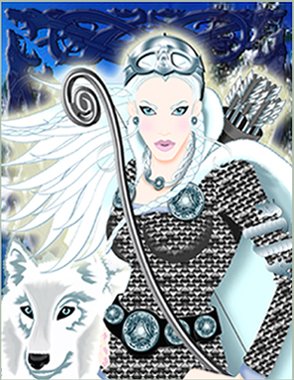
The structure of the pantheon of Gods and Goddesses is divided into three parts. Each of the three parts has a specific function and are usually talked about as a hierarchy. The first function is judgment, rationality, law, and measurement (Tyr/Tiw) and inspiration, intuition, and transformation (Woden/Odhinn). These form the intellectual part of the world and of humanity. The second function is strength (physical), power, and activity (Thunar/Thorr). The third function is production, regeneration, well-being, physical health, and the cycles of nature (Freyr and Freyja). These are the Vanir, the Gods and Goddesses of the farmers, through through the Vanir magik these farmers could also be warriors. This develops a whole system unto itself – the Way of the Vanir or true Wicca.
These segments are all corresponded with colors. The first, according to the Poetic Edda, has white as its color, the second red, and the third black.
The higher divinities are divided into two kinds, the AEsir and Vanir. The AEsir are the Gods and Goddesses of social order and of consciousness. The Vanir are the divinities of nature and well-being.
Essay by Mark Raines
Copy and paste the following questions into an e-mail, insert your answers, and send to MysterySchool with Northern Magic Lesson 2 from _________ (your magikal name) in the subject line.
1. How long can the Teutonic deities survive?
2. T/F – Learning Teutonic lore is not a way to communicate with the Gods and Goddesses of Northern Magic.
3. Fill in the blanks: Anyone seeking along the Northern Way has access to a great wealth of _____ _____ _____.
4. How can one access these archetypes?
5. List the four branches of the Teutonic tradition.
6. T/F – The complete mythologies of a religion are not necessary to be a good practitioner of the religion.
7. Why is defining a Teutonic pantheon very complex?
8. Which branch of the Teutonic tradition has all of its mythologies intact, and what is that body of mythology called?
9. T/F – There are no other Gods and Goddesses besides the ones widely worshipped with places named after them.
10. What is an easy way to figure out which deities were widely worshiped in the North?
11. List the three functions of the three different divisions of the Teutonic Pantheon.
12. T/F – The first division is corresponded with black according to the Poetic Edda.
13. Name the two classes that the higher divinities are divided into.
14. T/F – The Vanir are the divinities of nature and well-being.
15. What does Tyr embody? Odin?
16. What does Thor embody?
17. What do Freyr and Freya embody?
18. What are the color correspondences of the pantheon?
19. Choose one of the Gods and Goddesses of the AEsir or the Vanir and do more research on them. In 300 words or less, write an essay about the God or Goddess of your choice. You may include any mythology or anything else you can find on the divinities. (100 word minimum).
20. Choose one of the lesser Gods and Goddesses in the textbook. In 300 words or less, write an essay about the God or Goddess of your choice. (100 word minimum).
BE SURE TO VIEW THE ARTWORK BELOW
Questions by Mark Raines and Vitki Deanna Joseph
ARTWORK SHOWING GODS AND GODDESSES OF THE NORTH
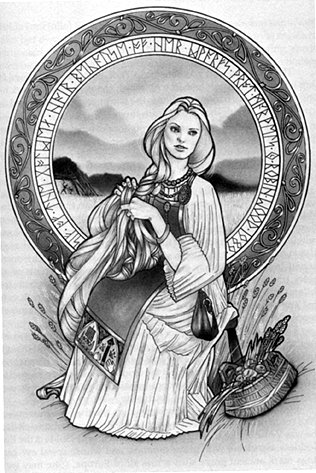
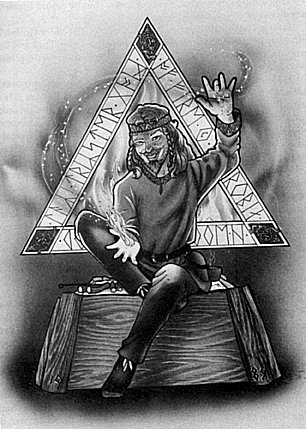
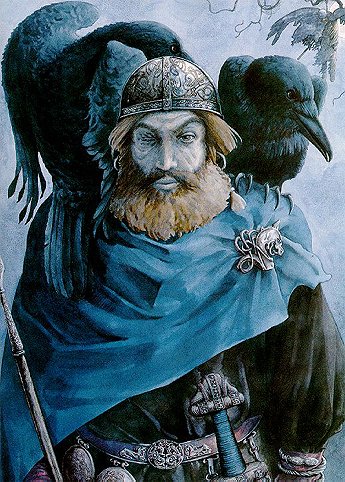
And Now a bunch of Freya pictures. Freya is “the Lady” and thus very popular in art
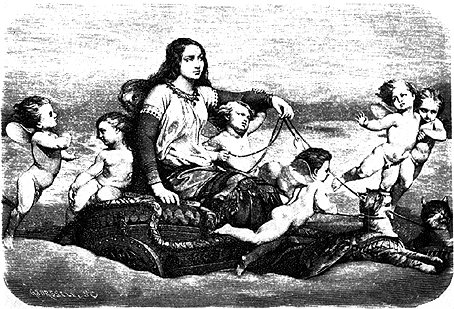
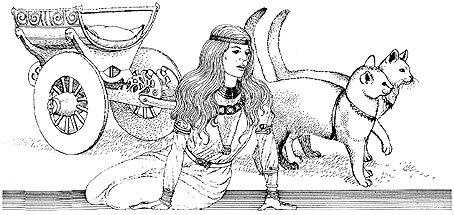
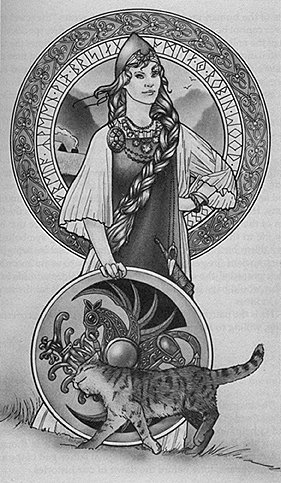
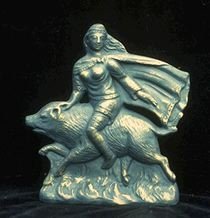 |
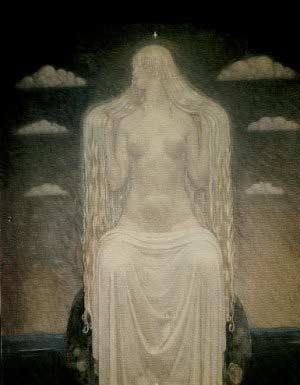 |
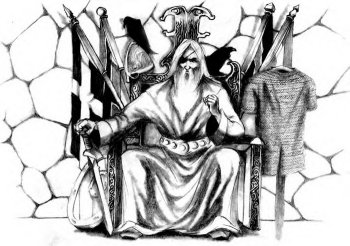
Odin, the All-Father
Offsite Articles on Various Northern Deities:
Visit these very cool Harrows dedicated to individual Deities
And here’s a nice page for Frigga, the Beloved
Go to Google.com and do a search for Norse Gods and Goddesses. You will find all kinds of amazing artwork, good reading, etc.
